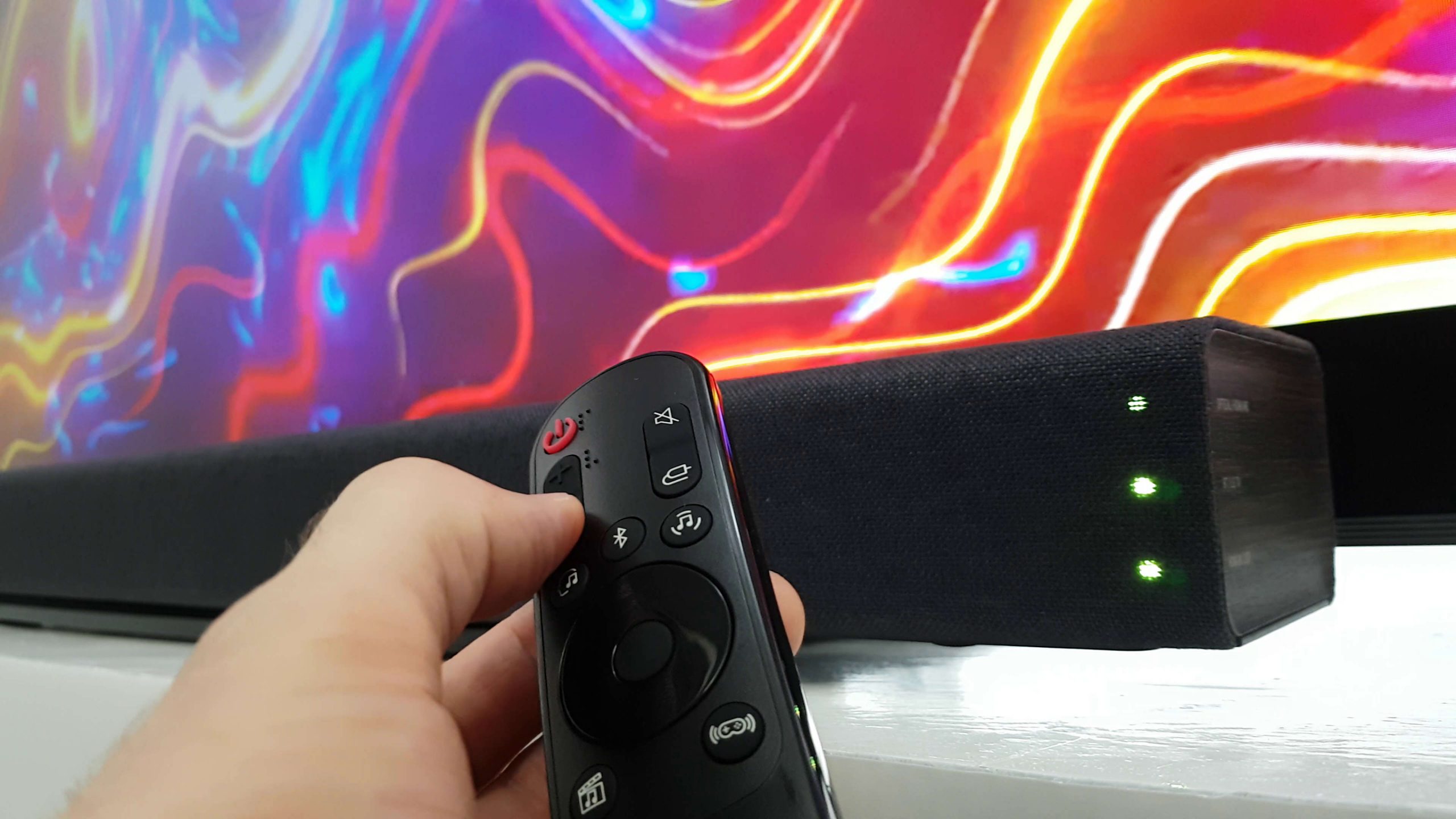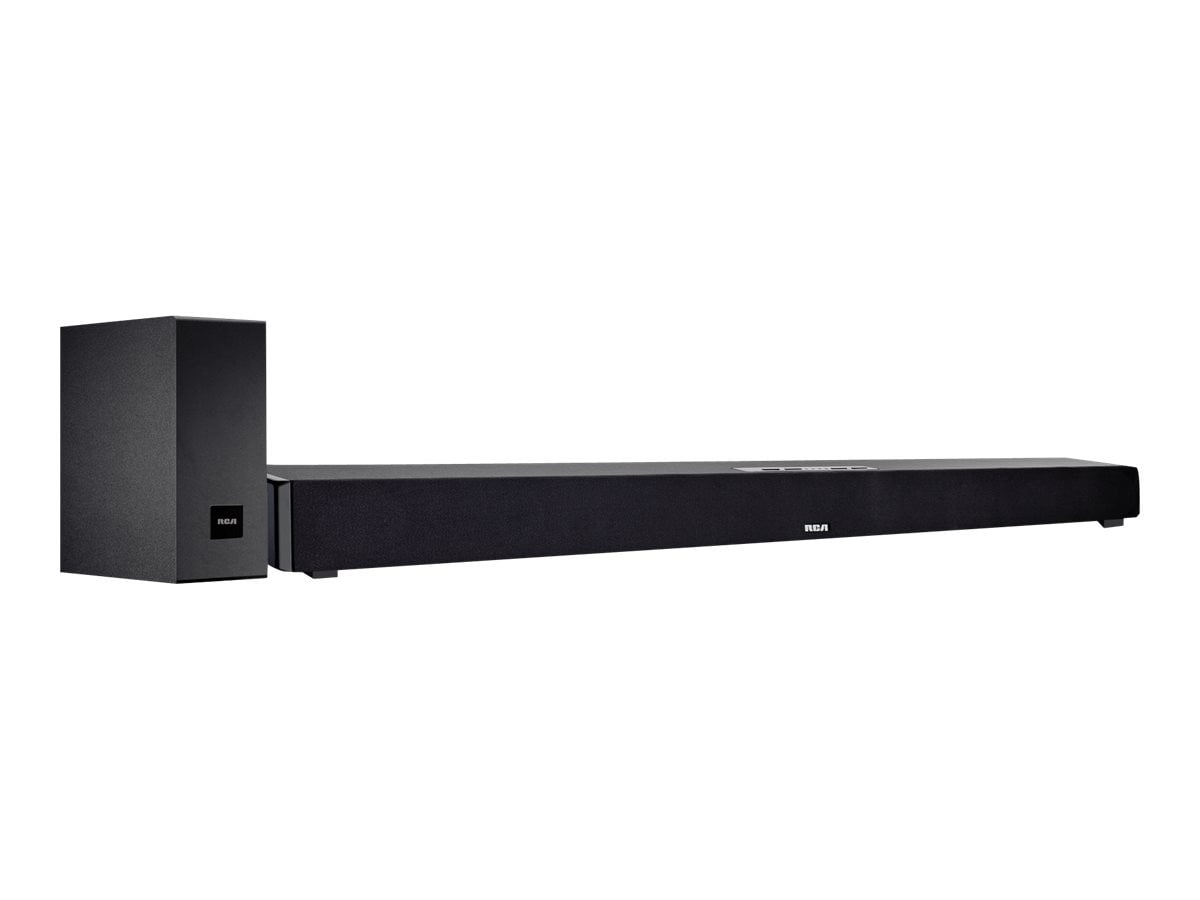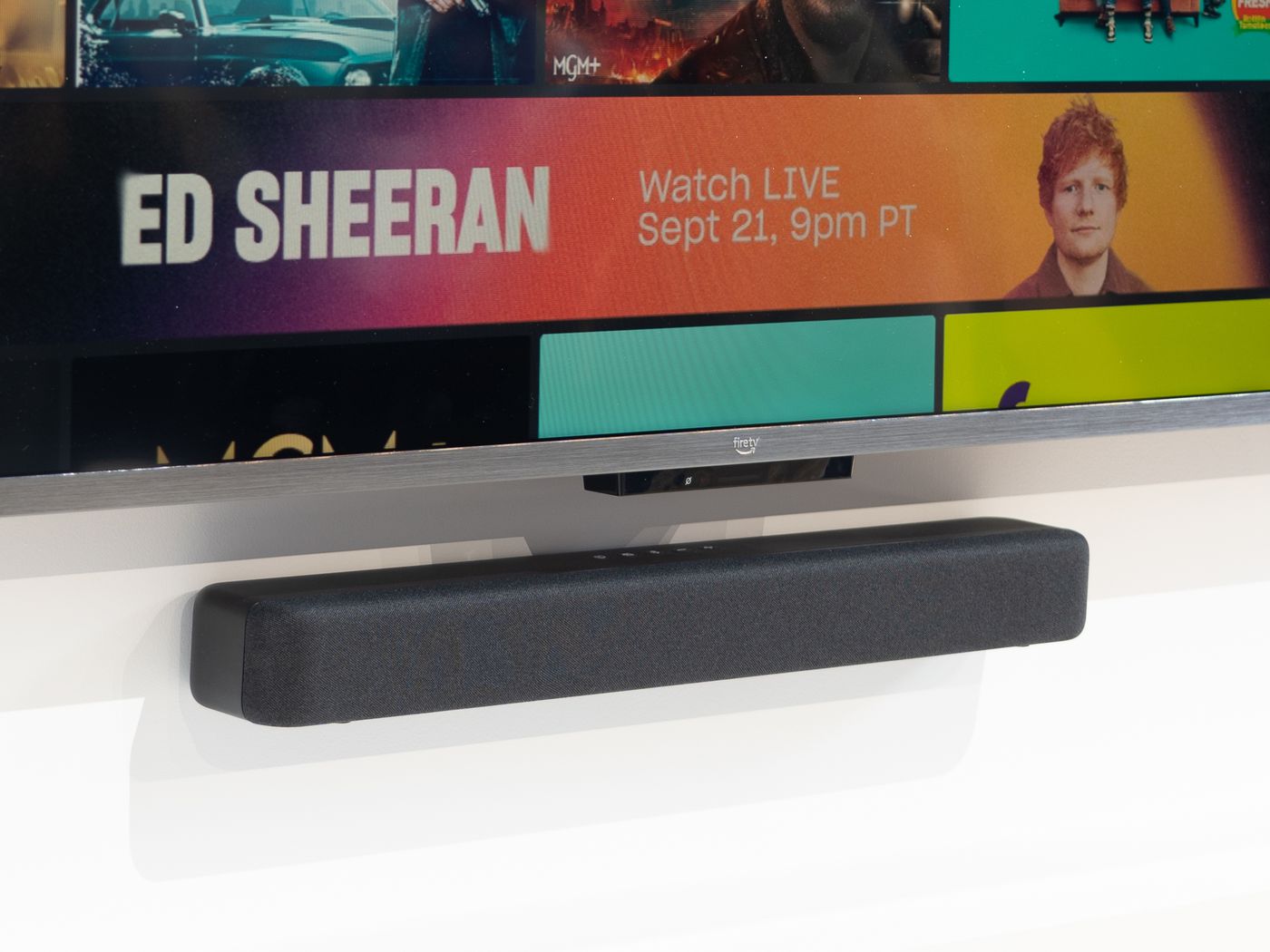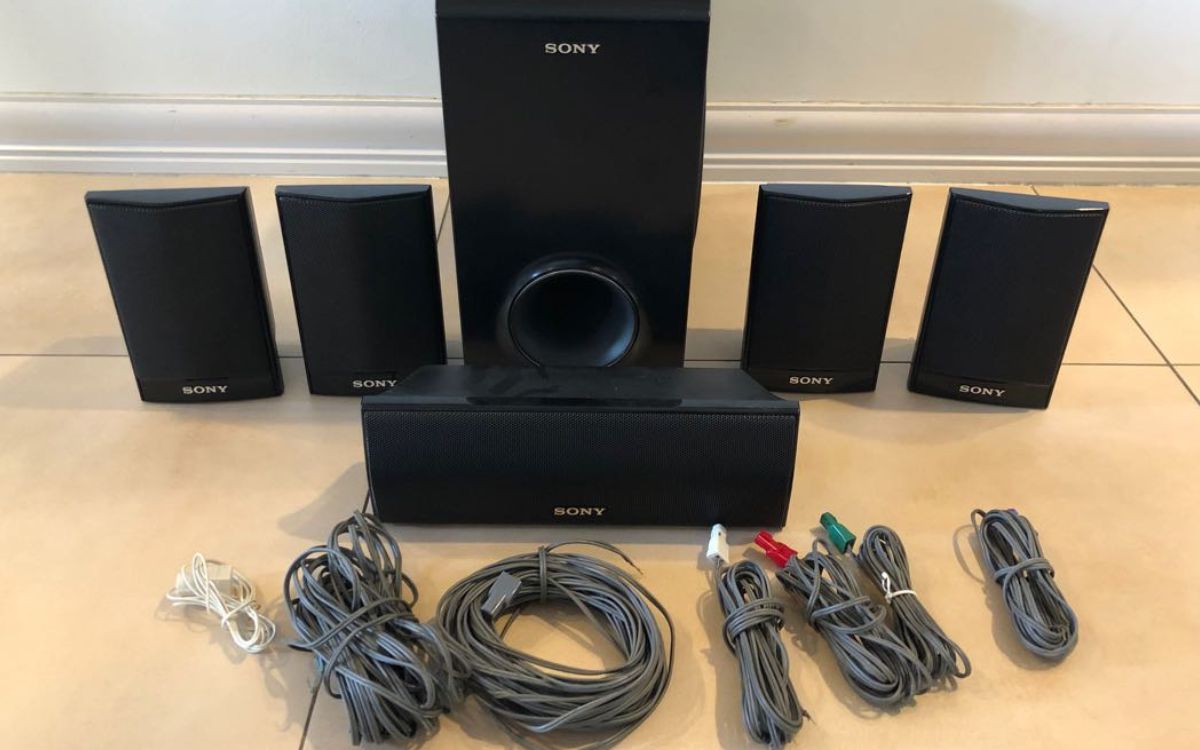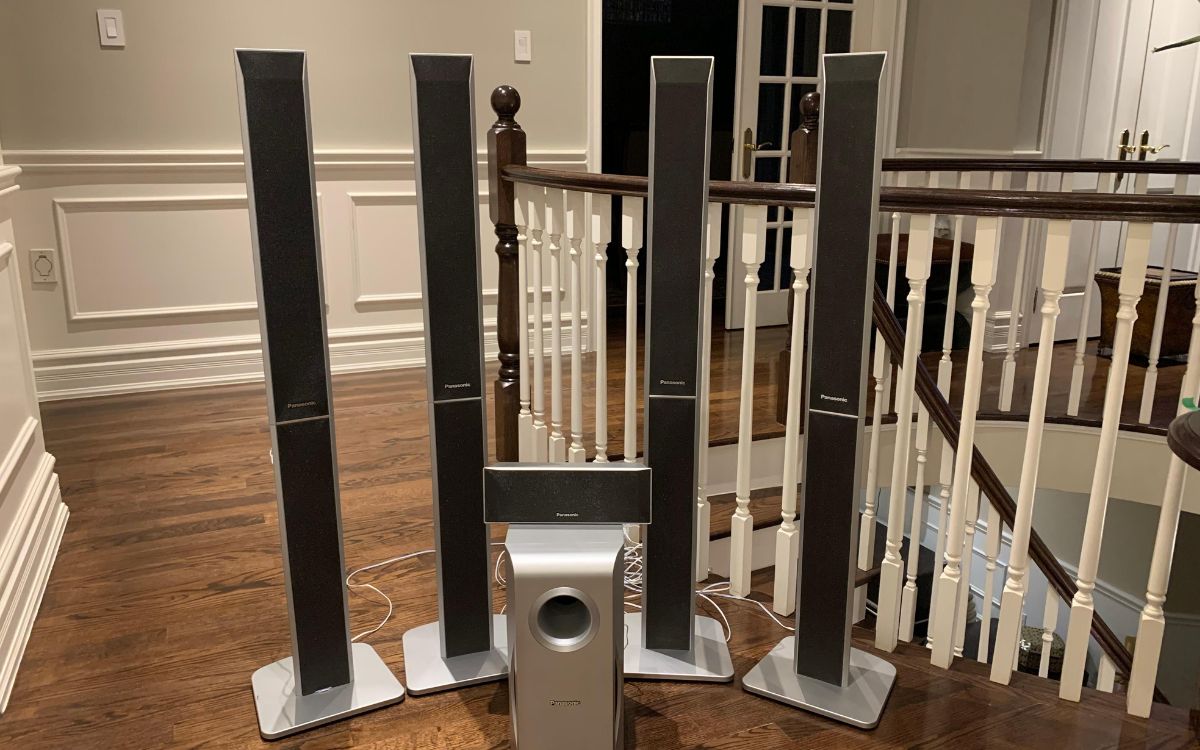Home>Production & Technology>Sound Bar>How Do I Hook Up My Sound Bar To The TV?
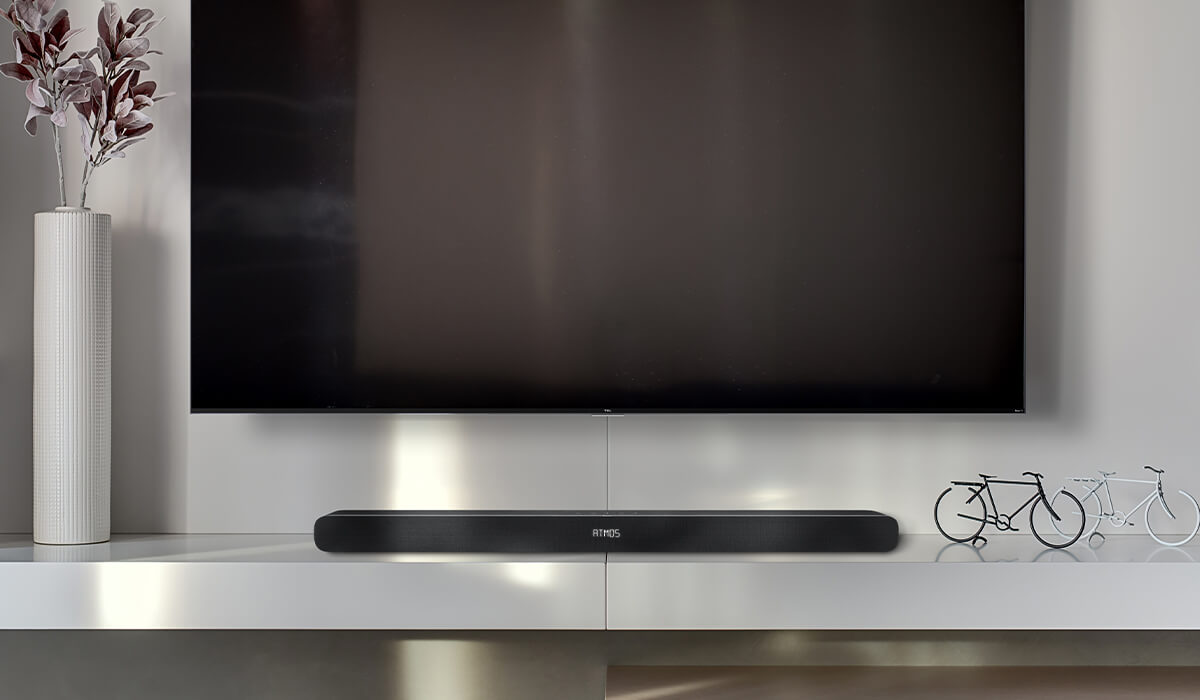

Sound Bar
How Do I Hook Up My Sound Bar To The TV?
Published: December 24, 2023
Learn how to easily hook up your sound bar to your TV and enhance your audio experience with our step-by-step guide. Find the best methods and troubleshooting tips for a seamless sound bar connection.
(Many of the links in this article redirect to a specific reviewed product. Your purchase of these products through affiliate links helps to generate commission for AudioLover.com, at no extra cost. Learn more)
Table of Contents
- Introduction
- Checking Soundbar Compatibility
- Connecting the Soundbar to the TV Using HDMI ARC
- Connecting the Soundbar to the TV Using Optical Cable
- Connecting the Soundbar to the TV Using RCA Cables
- Connecting the Soundbar to the TV Using Bluetooth
- Adjusting Sound Settings on the TV
- Troubleshooting Tips
- Conclusion
Introduction
Soundbars have become a popular audio solution for television setups due to their sleek design and enhanced sound quality. These compact speakers offer a convenient way to upgrade your TV’s audio without the need for complex wiring or bulky speaker systems. Connecting your soundbar to your TV can be a straightforward process, as long as you know the right steps to follow.
In this article, we will guide you through various methods of connecting your soundbar to your TV. Whether you have a brand-new soundbar or an older model, we will cover the most common connection options, including HDMI ARC, Optical cable, RCA cables, and even Bluetooth.
But before we dive into the different connection methods, it’s important to ensure that your soundbar is compatible with your TV. This is because different TVs and soundbars may have varying connection options and requirements. Checking compatibility is the first step to a successful setup.
So, let’s get started and make sure you can enjoy that cinematic sound experience right in your living room.
Checking Soundbar Compatibility
Before you begin connecting your soundbar to your TV, it’s crucial to check if they are compatible with each other. The compatibility will determine which connection options are available to you. Here’s what you need to consider:
TV Compatibility
Check the audio output options of your TV. The most common audio output options include HDMI ARC (Audio Return Channel), optical output, RCA output, or a headphone jack. Make sure your TV has at least one of these options available.
Additionally, verify if your TV supports the specific audio formats that your soundbar can handle. Some soundbars support Dolby Atmos or DTS:X, so ensure that your TV can output these formats if you want to take full advantage of your soundbar’s capabilities.
Soundbar Compatibility
Confirm that your soundbar has the necessary input options to connect to your TV. Most modern soundbars offer HDMI ARC, optical input, and Bluetooth connectivity. Additionally, check if your soundbar supports the audio formats used by your TV.
If your soundbar and TV are not compatible in terms of connection options or audio formats, you may need to use additional adapters or consider upgrading one of the devices to ensure a smooth and hassle-free connection.
Take the time to read the manuals of both your TV and soundbar to understand their capabilities fully. This will help you avoid any compatibility issues and frustrations during the setup process.
Connecting the Soundbar to the TV Using HDMI ARC
The HDMI ARC (Audio Return Channel) is a convenient and commonly used method to connect a soundbar to a TV. HDMI ARC allows both audio and video to be transmitted through a single HDMI cable, simplifying the setup process. Here are the steps to connect your soundbar to your TV using HDMI ARC:
- Ensure that both your TV and soundbar have HDMI ARC ports. Look for the HDMI port on your TV labeled as “ARC” or “HDMI ARC”, and locate the corresponding port on your soundbar.
- Connect one end of the HDMI cable to the HDMI ARC port on your TV, and the other end to the HDMI ARC port on your soundbar.
- Make sure your TV’s HDMI-CEC (Consumer Electronics Control) feature is enabled. This allows your TV to recognize and control the connected soundbar. Refer to your TV’s manual to enable HDMI-CEC if needed.
- Power on both your TV and soundbar.
- Using your TV’s remote control, navigate to the settings menu and select the audio output options.
- Choose the HDMI ARC option as the audio output. This will route the audio signal from your TV through the HDMI cable and into your soundbar.
- Adjust the volume on your soundbar and ensure it is set to an appropriate level.
- Test the soundbar by playing audio or video on your TV. You should now hear the audio through your soundbar.
Note: Some TVs may have multiple HDMI ports labeled as “ARC”. In such cases, ensure that you have connected the HDMI cable to the correct ARC port on both your TV and soundbar.
Connecting your soundbar to your TV using HDMI ARC provides a seamless audio experience and allows you to control the soundbar using your TV remote. It eliminates the need for additional cables or remote controls, simplifying your home theater setup.
Connecting the Soundbar to the TV Using Optical Cable
If your TV does not have an HDMI ARC port or if you prefer an alternative connection method, you can use an optical cable to connect your soundbar to your TV. The optical cable, also known as a Toslink cable, transmits digital audio signals from the TV to the soundbar, providing clear and high-quality sound. Here’s how you can connect your soundbar to your TV using an optical cable:
- Check if both your TV and soundbar have an optical audio port. Look for a square-shaped port labeled as “Optical”, “Digital Audio Out”, or “Toslink”.
- Insert one end of the optical cable into the optical audio port on your TV and the other end into the optical audio port on your soundbar.
- Power on both your TV and soundbar.
- Using your TV’s remote control, navigate to the audio settings menu.
- Select the audio output type and choose Optical or Digital Output.
- Adjust the soundbar’s volume to a suitable level.
- Test the connection by playing audio or video on your TV. You should now hear the sound through your soundbar.
Optical cable connections provide a reliable and high-quality audio connection. However, keep in mind that optical cables only transmit audio signals and not video. Therefore, you may need to use a separate HDMI or other video connection to display the video content on your TV.
Connecting your soundbar to your TV using an optical cable is a great option if your TV lacks HDMI ARC or if you prefer a dedicated audio connection method.
Connecting the Soundbar to the TV Using RCA Cables
If your TV and soundbar do not have HDMI ARC or optical audio ports, you can still connect them using RCA cables. RCA cables, also known as composite or analog cables, transmit audio signals through separate red and white connectors. While RCA connections may not offer the same audio quality as HDMI or optical, they can still provide a functional audio setup. Here’s how you can connect your soundbar to your TV using RCA cables:
- Check if your TV and soundbar have RCA audio output and input ports. The RCA ports on your TV will typically be labeled as “Audio Out” or “AV Out”. On your soundbar, look for RCA input ports labeled as “Aux”, “Analog In”, or similar.
- Connect one end of the red RCA cable to the red audio output port on your TV, and connect the other end to the red audio input port on your soundbar.
- Repeat the same process for the white RCA cable, connecting it to the white audio output and input ports.
- Power on both your TV and soundbar.
- Using your TV’s remote control, navigate to the audio settings menu.
- Select the audio output type and choose RCA or Analog Output.
- Adjust the volume on your soundbar to an appropriate level.
- Test the connection by playing audio or video on your TV. The sound should now be audible through your soundbar.
RCA cable connections are a basic but effective way to connect your soundbar to your TV. However, keep in mind that this method only supports stereo audio and may not provide the same immersive sound experience as HDMI ARC or optical connections.
Connecting your soundbar to your TV using RCA cables is a suitable option if you want a straightforward and affordable audio setup.
Connecting the Soundbar to the TV Using Bluetooth
If you prefer a wireless connection between your TV and soundbar, you can utilize Bluetooth technology. Most modern soundbars have built-in Bluetooth capabilities, allowing you to connect them to your TV wirelessly. Here’s how you can connect your soundbar to your TV using Bluetooth:
- Check if your TV supports Bluetooth connectivity. Look for Bluetooth capabilities in the TV settings or consult the TV’s manual.
- Ensure that your soundbar has Bluetooth functionality. Look for a Bluetooth pairing button or option on your soundbar.
- Power on both your TV and soundbar.
- On your TV, navigate to the Bluetooth settings menu.
- Enable Bluetooth and search for available devices. Your soundbar should appear in the list of available devices.
- Select your soundbar from the list to initiate the pairing process.
- Follow any on-screen prompts or instructions to complete the pairing process.
- Once the pairing is successful, adjust the volume on your soundbar to a suitable level.
- Test the connection by playing audio or video on your TV. The sound should now be transmitted wirelessly to your soundbar.
Connecting your soundbar to your TV using Bluetooth offers the convenience of a wireless connection and eliminates the need for any physical cables. However, it’s important to note that Bluetooth audio may have some latency, resulting in a slight delay between the audio and video. This can be noticeable when watching movies or playing games, so it’s recommended to adjust any audio sync settings on your TV if available.
Connecting your soundbar to your TV using Bluetooth is a great option if you prioritize flexibility and a clutter-free setup.
Adjusting Sound Settings on the TV
Once you have successfully connected your soundbar to your TV, it’s important to optimize the sound settings on your TV to ensure the best audio experience. Here are some key settings to consider:
Audio Output Format
Check your TV’s audio settings and select the appropriate audio output format that matches your soundbar’s capabilities. This might include options like stereo, Dolby Digital, or DTS. Ensure that the selected format is supported by both your TV and soundbar to maximize the audio quality.
Sound Mode/Equalizer
Explore the sound mode or equalizer settings on your TV. These settings allow you to customize the audio according to your preferences or the content you’re watching. Common sound modes include Standard, Movie, Music, and Sports. Experiment with different modes to find the one that suits your needs the best.
Volume Control
Adjust the volume control settings on your TV to make sure it syncs with your soundbar. Some TVs offer options to control the volume separately for the built-in speakers and the external audio output. Check if your TV has the ability to adjust the volume specifically for the soundbar, ensuring that you can maintain consistent volume levels.
Audio Delay/Sync
If you experience audio lag or mismatched lip sync when using the soundbar, your TV may have an audio delay or audio sync feature. This allows you to manually adjust the timing of the audio to align with the video. Make use of this feature to eliminate any noticeable delays or syncing issues.
By taking the time to adjust the sound settings on your TV, you can enhance the audio experience and ensure that the soundbar is fully integrated into your viewing setup.
Troubleshooting Tips
While setting up your soundbar and connecting it to your TV is generally a straightforward process, you may encounter some common issues along the way. Here are a few troubleshooting tips to help you resolve any potential problems:
1. Check the Connections
Ensure that all cables are securely and correctly connected to both the TV and the soundbar. Loose or improperly inserted cables can cause connectivity issues or poor audio quality.
2. Verify the Input Source
Make sure that the input source on your soundbar matches the selected audio output on your TV. For example, if you are using HDMI ARC, ensure that the soundbar is set to the HDMI input option.
3. Check the Volume Levels
Adjust the volume levels on both the TV and the soundbar to ensure they are set appropriately. Sometimes, the soundbar volume may be too low, leading to a perception that it is not working correctly.
4. Update Firmware
Check if there are any firmware updates available for both your TV and soundbar. Updating the firmware can resolve compatibility issues and improve performance.
5. Restart Devices
If you encounter any issues, try power cycling both the TV and the soundbar. Unplug them from the power source, wait for a few moments, then plug them back in and power them on again.
6. Test Different Cables or Ports
If you are experiencing audio problems, try using different cables or ports to eliminate the possibility of a faulty connection. Test different HDMI or optical ports on both the TV and the soundbar to see if it resolves the issue.
7. Reset Settings
If all else fails, you can try resetting the settings on both the TV and the soundbar to their factory defaults. Refer to the user manuals for instructions on how to perform a reset.
If you have tried these troubleshooting steps and are still experiencing issues, consult the user manuals or contact the customer support for your specific TV and soundbar for further assistance.
Conclusion
Connecting your soundbar to your TV is a simple yet significant step towards enhancing your audio experience while watching movies, TV shows, or playing games. With various connection options available such as HDMI ARC, optical cable, RCA cables, or Bluetooth, you can choose the method that best suits your needs and preferences.
Before connecting, make sure to check the compatibility between your soundbar and TV, ensuring that they have compatible ports and support the necessary audio formats. This will prevent any potential issues during the setup process.
Once connected, don’t forget to adjust the sound settings on your TV to optimize the audio output, including selecting the right audio format, adjusting the sound mode or equalizer, and fine-tuning the volume control and audio delay. These adjustments will help you tailor the audio experience to your liking.
If you encounter any issues during the setup, follow the troubleshooting tips provided to resolve them effectively. Checking connections, verifying input sources, and updating firmware are some common solutions to address any connectivity or audio problems.
Remember, connecting your soundbar to your TV is about enhancing your audio quality and creating an immersive home theater experience. Take the time to explore the various connection options, adjust the settings, and troubleshoot any issues that may arise, and you’ll be on your way to enjoying superb sound quality for all your entertainment needs.


